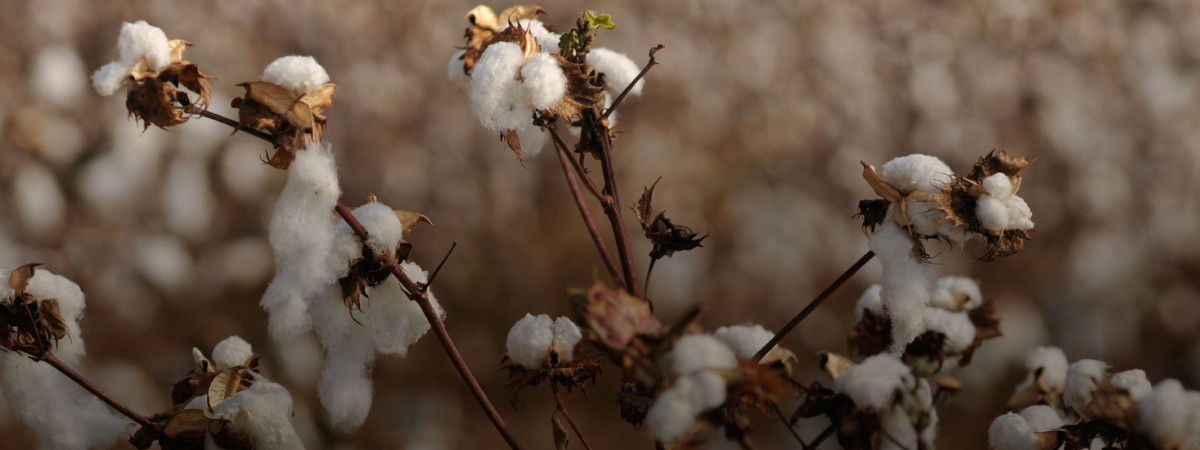
All businesses must prepare for and combat the effects of climate change, and the luxury fashion sector is particularly vulnerable because of its reliance on high-quality raw materials that are often available only in limited areas of the world. This risk—as well as luxury fashion brands’ role as trend-setters and tastemakers—means these companies have an opportunity to build more resilient business models and to drive consumer action and awareness on climate change.
BSR and Kering’s new report, “Climate Change: Implications and Strategies for the Luxury Fashion Sector,” aims to help luxury fashion brands, and the fashion industry more broadly, understand and respond to their specific climate change risks. The report is based on BSR’s climate framework, as well as exclusive data from an in-depth analysis, which Kering commissioned Verisk Maplecroft to carry out earlier this year, and Kering’s Environmental Profit and Loss methodology. This analysis focuses on six raw materials that are central to the luxury fashion sector: cotton, beef leather, sheep and lamb leather, vicuña, cashmere, and silk.
The report evaluates the consequences of climate change on primary production and initial processing locations, and highlights the “hotspots” where action should be focused. We then present a climate resilience agenda as a guide for luxury fashion brands to design holistic solutions to reduce their greenhouse gas (GHG) emissions and build adaptive capacity in their value chains, including for raw material production.
Some of the report’s key findings include:
- Companies need to understand their supply chains and focus on supporting production systems for their raw materials that will be more resilient in the face of the shocks and volatility brought on by climate change.
- Both the quantity and quality of raw materials will be increasingly affected by the impacts of climate change, leading to significant business risks.
- Climate change will affect many of the key production regions for luxury raw materials, with some geographies more vulnerable than others.
- Raw materials that are geographically restricted, such as vicuña, are particularly vulnerable.
- Decline in the productivity of raw materials will have serious consequences for smallholder producers and their communities.
- Solutions at the base of the supply chain, as well as in company operations, can deliver a multitude of social, environmental, and business benefits.
Companies are already taking action to build resilience across their value chains and reaping the benefits of doing so. Some companies, including Kering, along with supply chain partners and NGOs such as Cotton Connect and Textile Exchange, are focusing on supporting organic cotton production with smallholder producers to improve food security and soil, while creating a more resilient production system and improved water management. Beyond raw materials, companies are working on powerful solutions to reduce emissions. Almost 30 companies have joined the CDP and the Climate Group’s RE100 initiative, which encourages companies to increase their use of renewable energy by committing to procure 100 percent of their electricity from renewable sources in the shortest practical timescale.
As the world awaits an ambitious agreement at the upcoming COP21 negotiations in Paris, there is no better time for luxury fashion companies to leverage their influential position in society and help make climate action irresistible.
The report outlines tangible supply chain actions but also highlights how luxury fashion companies can use their voice publicly to leverage change and to do what they do well—inspire people to desire and dream—in support of a climate-smart world. With so much at stake—from the high-quality raw materials that drive their business, to the livelihoods of the communities that produce these materials, to the well-being of the employees, artisans, and customers who treasure their products—the time for luxury fashion brands to act is now.
Let’s talk about how BSR can help you to transform your business and achieve your sustainability goals.
